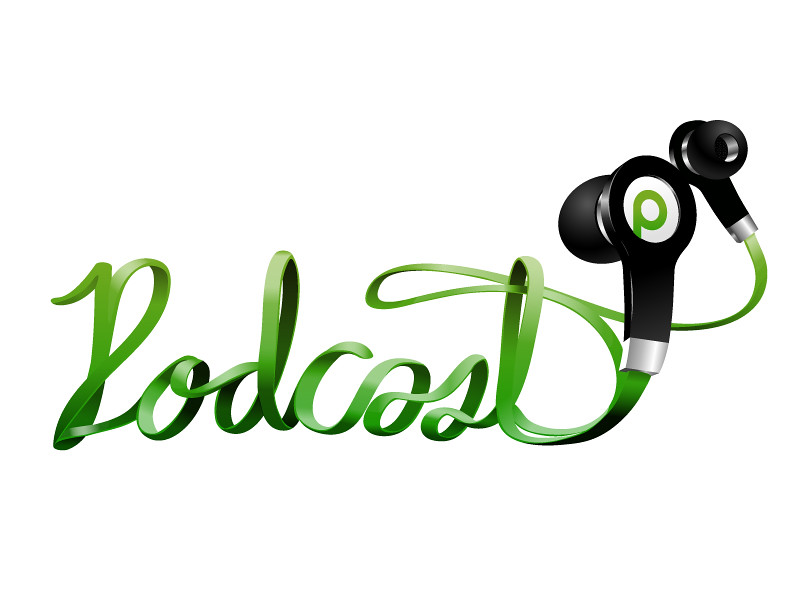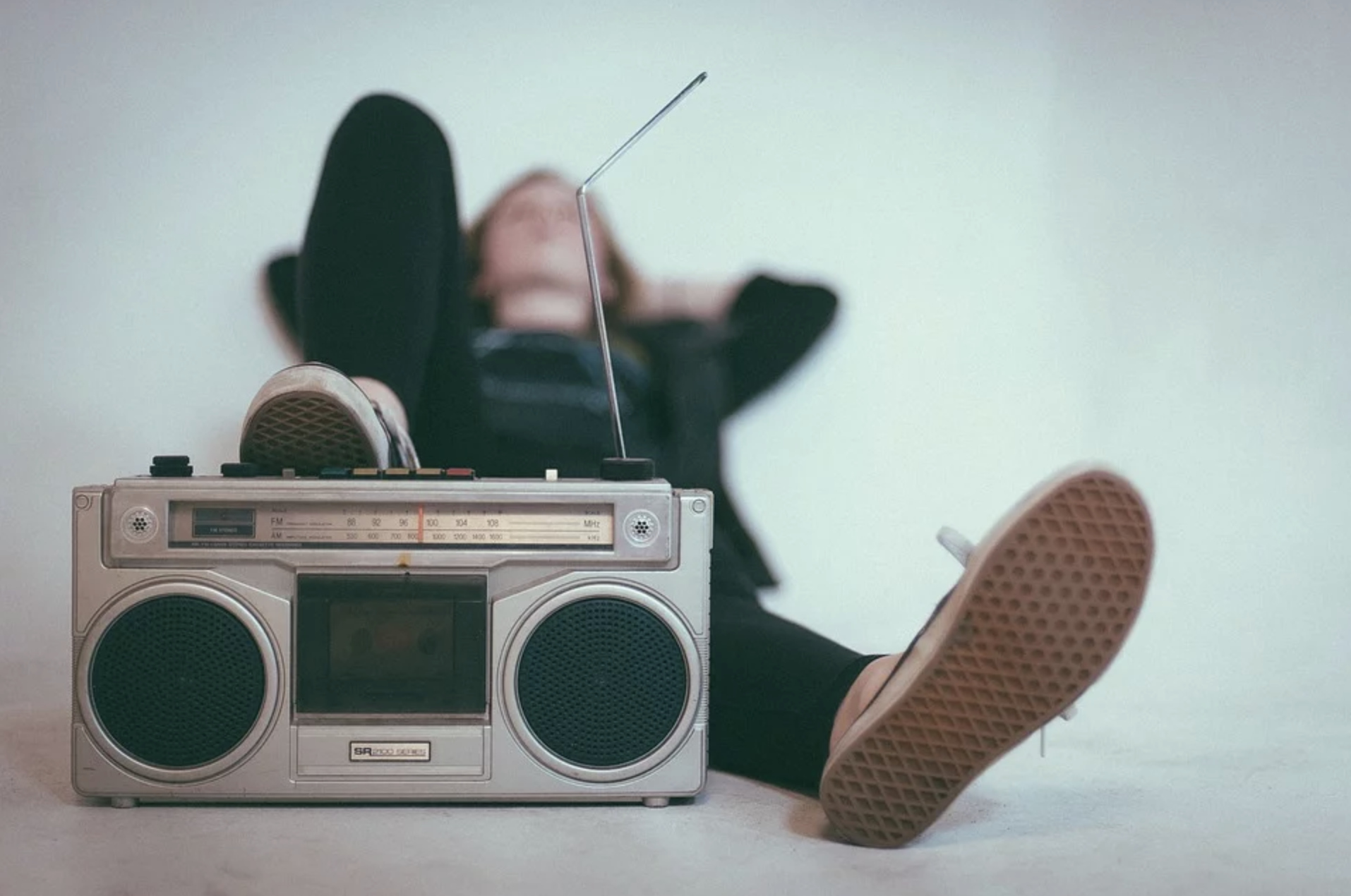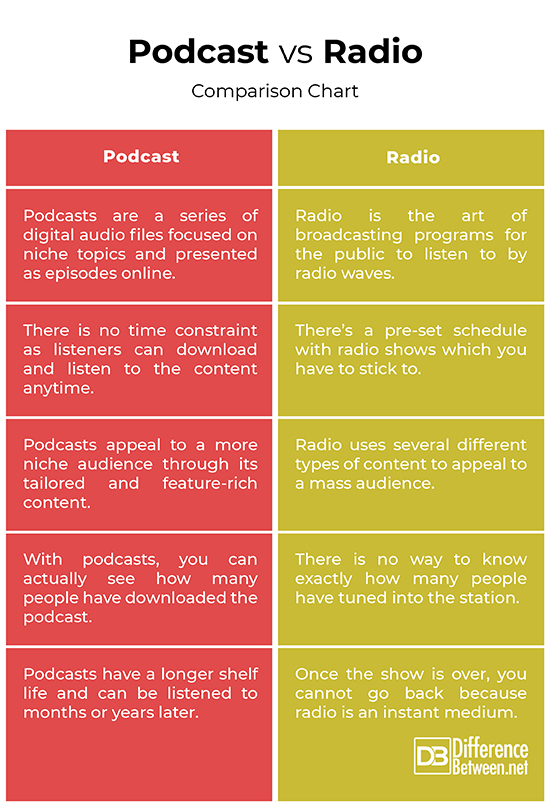Difference Between Podcast and Radio
Podcasts have been around for over a decade now, but there is still some sort of uneasiness in defining it as a medium. With the proliferation of portable devices, which are often directly connected to the Internet, audiences have moved from the traditional radio stations to the forward-thinking podcasts. It seems like there are more and more podcasts keep adding up every single day. Whilst podcasting shares many production practices with radio, there are some inherent differences between the two medium. Podcasting is relatively a new form of broadcasting in that it facilitates entry into the creative production of audio for individuals and groups with no broadcasting background. The lines between these mediums have blurred, but the lines do exist and we need to understand them.
What is Podcast?
Podcast is a blend of broadcast and iPod. Podcasts are a series of digital audio or video files presented as episodes for users to download in order to listen. The proliferation of portable devices that play audio and video and are often Internet-supported, has led to the development of a new form of media called podcasts. The idea is to produce and share content on specific topics of theme that can be easily downloaded into mobile devices so that people can listen to their favorite podcasts on-the-go.
What is Radio?
Radio is the art of broadcasting sound programs for the public to listen to by radio waves. It is a blind medium that strikes broadcasters and listeners alike and appeal to a mass audience through transmission of news, music, weather reports, and other interesting programs from single broadcast stations. Today, radio is used in technologies such as cellular phones, GPS, television, radar control and more.
Difference between Podcast and Radio
Medium
– Radio is a bind medium which strikes everyone, broadcasters and listeners alike. Radio communications are the most popular entertainment medium till date and the radio networks have expanded into vast organizations over the years, touching every corner of the world through affiliations with local stations. Radio is the art of broadcasting programs for the public to listen to by radio waves. Podcasts are, in a way, remediated radio content focused on a particular topic or theme and presented as a series of digital audio files for the listeners to download and listen.
Schedule
– The practice of podcasting is not simply another iteration of radio, rather it’s a new form of media where the modes of production, presentation, audience engagement and purpose clearly delineate between the two medium. A major difference between the two is scheduling. You have a pre-set schedule with radio shows which you have to stick to. There’s a fixed schedule to when the stories are told or when there is news time or when it’s time for daily weather reports. With podcasts, there is no time constraint as listeners can download and listen to the content anytime they want.
Audience
– Another major difference between podcasts and radio is the audiences they appeal to. Radio is a medium of mass communication that uses several different types of content to appeal to a mass audience. The content focuses on a variety of topics while keeping the interest of the listeners in mind. Radio attracts a loyal audience and mostly involves the rural population in mainstream media. Podcasts, on the other hand, through its tailored and feature-rich content, appeal to a more niche audience. One great advantage of podcasting is that you can actually see how many people have downloaded the podcast.
Content
– A major difference between podcasts and radio is content delivery. Podcasts are a series of digital audio files that are mostly pre-recorded meaning anyone with a portable media device can download a podcast and save it on their device and can listen to it anytime and anywhere they want. There are also live podcasts which are presented live for the audiences to listen to in real time. Radio shows, on the other hand, are mostly live broadcasts meaning the content cannot be re-formatted or edited after it’s already on air. Podcasts can be formatted in sections and can be re-recorded.
Shelf Life
– Radio is more of an instant medium meaning the second a radio show goes on air, it’s on and after a while it’s gone and disappears into the thin air. Once the show is over, you cannot go back and move on to the next one. As a listener, you cannot tune into the same show again after it’s already over. This is not the case with podcasts. In fact, podcasts are always there and anyone can listen to their favorite podcast episodes anytime they want, even if the episodes were old. Podcasts have a long shelf life and unlike radio shows, they can be listened to months or years later.
Podcast vs. Radio: Comparison Chart
Summary
Whilst podcasting shares many production practices with radio, there are some inherent differences between the two medium. The practice of podcasting is not simply another iteration of radio, rather it’s a new form of media where the modes of production, presentation, audience engagement and purpose clearly delineate between the two medium. One major difference between the two medium is that radio shows have a set schedule and there are time constraints, whereas with podcasts, there is no time constraint and the episodes can be as long as or as short as you want.
- Difference Between Caucus and Primary - June 18, 2024
- Difference Between PPO and POS - May 30, 2024
- Difference Between RFID and NFC - May 28, 2024
Search DifferenceBetween.net :
Leave a Response
References :
[0]Image credit: https://cdn.pixabay.com/photo/2017/08/06/03/54/radio-2588503_960_720.jpg
[1]Image credit: https://live.staticflickr.com/4110/5052781294_7de5e07944_b.jpg
[2]Llinares, Dario, et al. Podcasting: New Aural Cultures and Digital Media. Berlin, Germany: Springer, 2018. Print
[3]Hyde, Stuart. Television and Radio Announcing. Abingdon, United Kingdom: Routledge, 2017. Print
[4]Crisell, Andrew. Understanding Radio. Abingdon, United Kingdom: Routledge, 2006. Print



